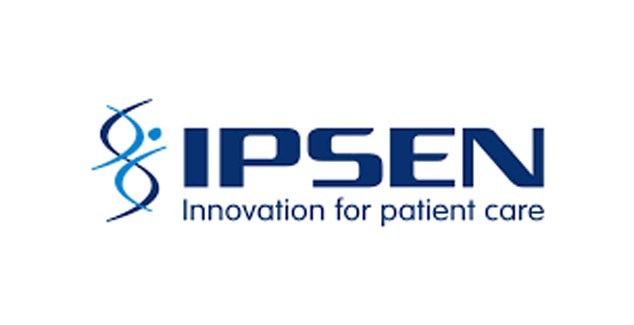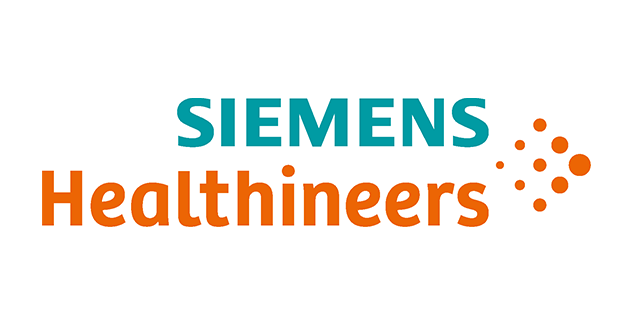
The WSO Stroke Certification initiative is a strategic response to the results of a WHO-WSO survey which found that less than half (49%) of countries could provide comprehensive evidence-based acute stroke care. The survey also identified a huge gap in provision of care between high- and low- and middle-income countries. While 91% of high-income countries were able to provide access to specialist stroke unit care, the number was just 8% in low-income countries.
Two of the fundamental markers of quality acute stroke care are the provision of thrombolysis (the removal of blood clots using intravenous medication) and thrombectomy (the removal of blood clots by keyhole surgery). Research published by WSO found global rates of access to these treatments stand at 46% and 30% respectively.
‘One in four of us will have a stroke in our lifetime, yet the majority of people globally lack access to effective treatment and stroke center care. On top of this, a lack of effective global prevention strategies has led us to a place where stroke is the second leading cause of death and the third leading cause of disability worldwide, with a soaring human and economic cost,’ said WSO President Professor Marc Fisher. Incoming WSO President and leading Brazilian neurologist, Professor Sheila Martins added: ‘We have the knowledge and tools that could save millions of lives and hundreds of millions of dollars. Delivering quality stroke care is not just the right thing to do, it’s the smart thing to do.’
WSO’s Global Stroke Guidelines and Action Plan aim to help institutions and governments implement evidence-based criteria and standards for care developed by WSO. Initially targeting hospitals in middle-income countries, the program will be launched on Nov 1st with the primary aim of growing the global network of accredited stroke care providers.
Stroke is a leading cause of death and disability worldwide. On World Stroke Day the public, health care professionals, stroke survivors, politicians and industry leaders will come together to raise awareness of stroke symptoms and the importance of timely treatment.
The public can follow the campaign on social media using #Precioustime and help raise awareness by sharing a clock selfie or participating in the strokespotter.org online game challenge.

 Member login
Member login














